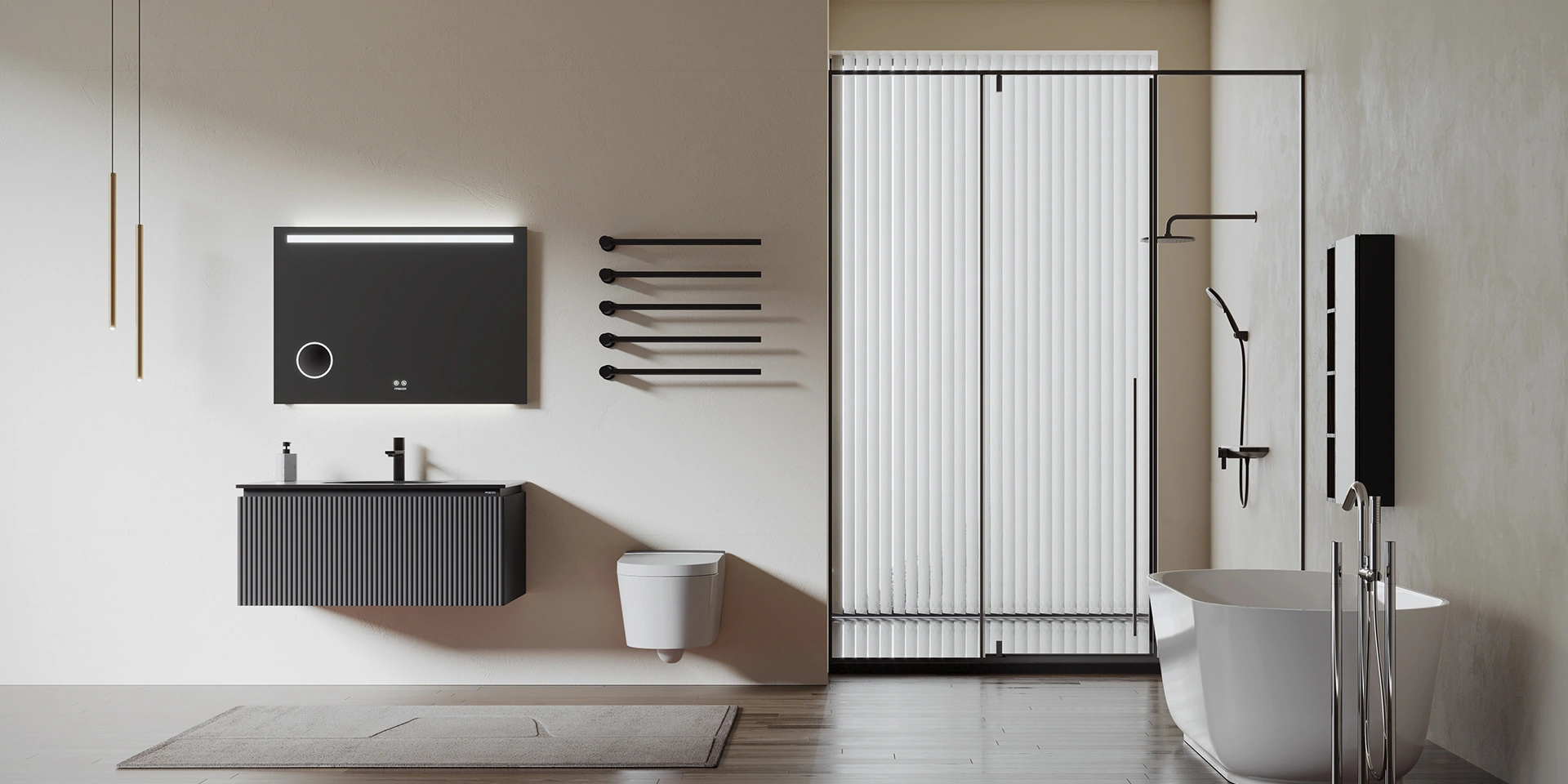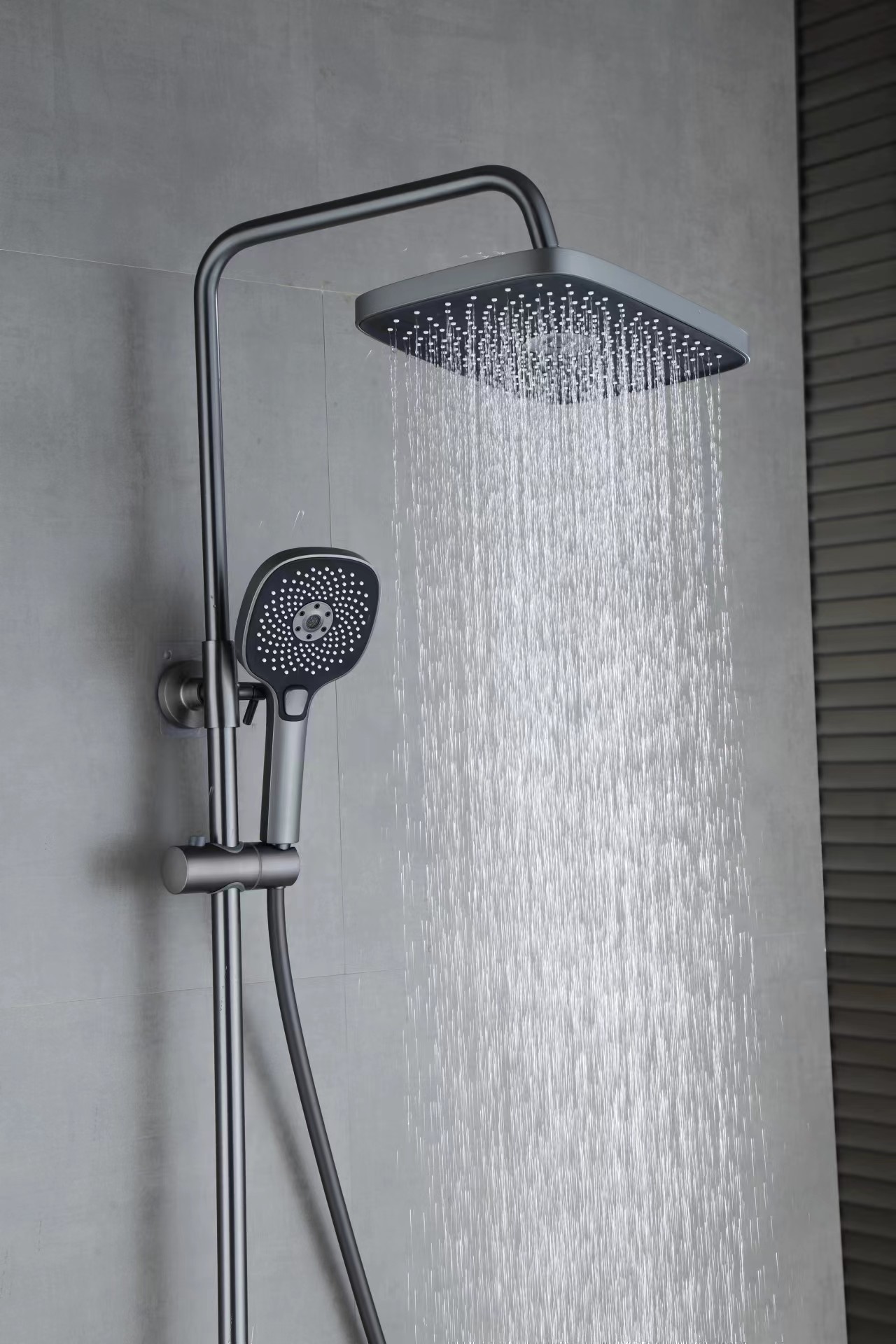When the bathroom was out of the sea, what opportunities were hidden in this track?
Release time:
2023-07-20
Today, the development of the bathroom track has been more than 30 years.
However, in this multi-trillion-level track, there has not yet been a player with a market value of more than 100 billion.
The domestic competition pattern tends to be stable, the wave of globalization is constantly sweeping, and cross-border e-commerce is meeting its peak again, as if telling sanitary ware enterprises that the answer to the second growth curve seems to be hidden in "going to sea.
Bathroom out to sea, the time has come
Relevant data agencies predict that the global bathroom market will reach $121.9 billion billion in 2025, which is a huge market. But at present, China's sanitary ware is still dominated by "offshore.
According to Statista research data, the highest overall bathroom market share in 2021 is the Asia-Pacific region, accounting for 37%, followed by Europe, with a market share of 31%, and North America ranked third with a market share of 19%.
The pace of domestic enterprises going to sea in the early days did not keep up, and they did not grasp the best time to enter the European and American markets. At present, my country's sanitary ware companies are still going to sea in Southeast Asia and other countries along the "Belt and Road.
However, mainstream markets such as Europe and the United States have long been occupied by a number of American, Japanese and German enterprises such as Kohler, Moen, Panasonic and Weibao. It is even more difficult for domestic sanitary ware to win food in these markets, but difficulty does not mean that there is no opportunity.
On the one hand, with the development of science and technology, the technology, design and products of domestic sanitary ware are being upgraded in an all-round way. On the other hand, the penetration rate of China's cross-border e-commerce in global trade is continuing to increase.
In addition, the post-90s and millennials have become the mainstream consumer groups today. Consumers have put forward more diversified and personalized needs for bathroom products, and the opportunity of the era of domestic bathroom going to sea has come again.
Opportunities are often accompanied by challenges.
Export global, challenge the current
Chinese sanitary ware goes to sea, it is easy to say, but to return to reality, there are still some challenges to be overcome.
First, the issue of export certification. Each country and region has various standards and requirements for the sanitary products sold to the local area in terms of material, technology, machinery, etc.
For example, the European Union has CE certification, the United States has UL and WaterSense certification, Canada has CSA certification, France and Germany have NF certification and DVGW certification respectively. Only through these certifications can bathroom products be sold locally.
Secondly, the brand trust problem. Compared with the sanitary ware enterprises in the United States, Japan and Germany, the brand awareness and recognition of Chinese sanitary ware enterprises are not high in Europe and the United States, which makes it more difficult for Chinese sanitary ware to go to sea.
How to make a cut through the local regional culture and consumption habits when the brand awareness is not high enough, so that consumers are willing to trust and choose themselves, is a problem that bathroom enterprises must think about before going out to sea.
Finally, the issue of risk control. Due to the particularity of cross-border e-commerce, after going out to sea, if there are special circumstances, enterprises are not as comfortable as they are in China.
Once they encounter abnormal problems such as customs inspection and return of goods, it is very troublesome for enterprises to deal with them, which requires a lot of energy and cost. Therefore, it is also the only way for enterprises to establish a sound risk control system and reduce all kinds of risks on the way to sea.
When the enterprise can safely cross the above barriers, its eyes can turn to what opportunities exist for bathroom to go to sea.
Long-distance race on the track, the able to break through
Face to the sea, the head of the enterprise can also rely on their own technology and product precipitation to gain advantages, but for small and medium-sized enterprises, how to change from "buried in the car" to "look up at the road", to find a suitable development path is the key. Specifically, China's bathroom to sea is currently mainly in the following three aspects of the opportunity point:
First, the product is intelligent. With the advancement of digitalization and the popularization of intelligent equipment, consumers' pursuit of smart life has been further improved. They prefer minimalist and textured high-value products, and they also pursue the convenient experience brought by smart products. The design concept and humanized experience derive higher requirements.
Let the product have both functional, scientific and technological sense, high color value, has become an important development trend of bathroom product design. Enterprises must have a keen sense of market sense and product creativity in order to create products with market competitiveness. Taking smart toilets as an example, its penetration rate is relatively high in Japan and South Korea, and the market penetration rate is still low in most countries such as the United States and Europe. The global market potential of smart bathroom products is broad, and it also brings great space for Chinese bathroom to go to sea.
Second, service integration. Bathroom is part of the home improvement, consumers naturally have a strong demand for door-to-door installation. Therefore, whoever can provide consumers with integrated services such as loading and unloading, distribution, installation, and maintenance will be able to release the key value of the last mile.
Third, demand customization. At present, the core consumer groups of bathroom products have gradually changed from the 70 s and 80 s to the 90 s and millennials. Consumers are younger, and the demand for customized products is gradually emerging. More and more consumers are eager to have personalized product experience.
However, because the consumer terminals are far away overseas, they want to establish an integrated and customized service mechanism in the sales country, which means that the company must have a high-quality pre-sales and after-sales team in the local area, or find a reliable partner to cooperate. It is no small challenge.
But as mentioned earlier, challenges also mean opportunities. From the perspective of the development dimension of the whole cross-border e-commerce, sanitary ware is still in a relatively early stage, and no matter which track, the breakout will always be a minority. Only by firmly grasping the tuyere, making more efforts than others, and persisting in doing difficult and correct things, can we run farther than others in this long-distance race.
Related News
Share
 Ruigad@Ruigad.com
Ruigad@Ruigad.com
 0592-6363076
0592-6363076








